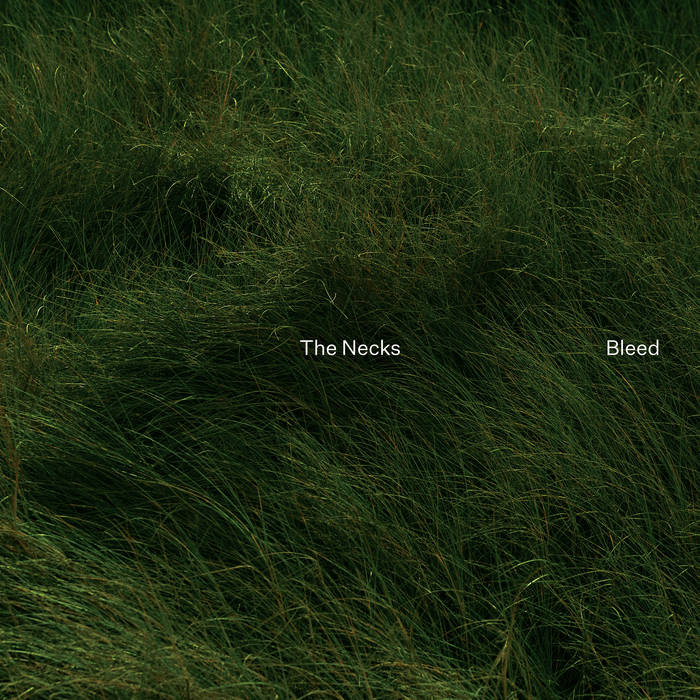One of the main challenges for any group of improvising musicians is to figure out ways to push forward without repeating yourself. One would imagine this is especially true for the legendary Australian trio The Necks, both because they specialise in ultra minimal longform improvised soundscapes, and because they’ve been pursuing these sounds for more than thirty-five years now. Miraculously, it still feels as though each album from The Necks is a world of its own, from the tangled jungle of 1999’s Hanging Gardens to the droning death rattle of 2015’s Vertigo. Their latest record, Bleed, is no exception, and stands as one of their most rewardingly mysterious and perplexing releases in quite some time.
The Necks discography can be generally divided into two types of releases: single tracks that unfold over the length of a full record, and collections of about two to four tracks in the fifteen–twenty minute range. Bleed falls into the former category, and is their first single track album since 2018’s Body. Despite this, the two albums could not be more of a study in contrasts. Body is The Necks at their most propulsive, centering around a motorik groove that halfway through explodes into a post-rock style blowout. Bleed, on the other hand, is a compendium of little sounds folding in and out of the frey with no clear formal structure. The best comparison would be a Morton Feldman piece performed by Talk Talk, with all the mysteriousness and pointillism of the former and all of the color and improvisational heft of the latter.
The piece opens with Chris Abrahams’ piano sounding as delicate and intimate as possible, with audible breathing in between the notes, before a layer of reverb creates some distance. Throughout the piece, different sonic elements fade in and out; a little bit of guitar, some tense and choppy bowed bass from Lloyd Swanton, an occasional marching drumbeat from Tony Buck, a kalimba-type instrument, glitchy electronic textures, and an utterly hypnotic humming keyboard line, amongst others. These elements constitute the pulse that gives the piece its forward momentum, but that pulse exists exclusively on a macro level, unique in the context of the minimalist traditions The Necks have always engaged with. In its last few minutes, the piece finally takes on some structure, with the piano, bass and guitar taking on a melodic and funereal tone. Like a Feldman piece, the full scope of it doesn’t become fully apparent until its conclusion. The end result is one of The Necks’ finest albums in years, one that finds new ground for the trio while still maintaining all the qualities that made their previous work so rewarding.


